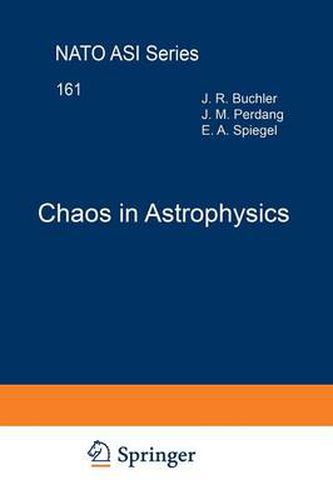Readings Newsletter
Become a Readings Member to make your shopping experience even easier.
Sign in or sign up for free!
You’re not far away from qualifying for FREE standard shipping within Australia
You’ve qualified for FREE standard shipping within Australia
The cart is loading…






This title is printed to order. This book may have been self-published. If so, we cannot guarantee the quality of the content. In the main most books will have gone through the editing process however some may not. We therefore suggest that you be aware of this before ordering this book. If in doubt check either the author or publisher’s details as we are unable to accept any returns unless they are faulty. Please contact us if you have any questions.
The per iod of an oscillator tells us much about its structure. J. J. Thomson’s deduction that a particle with the e/rn of an electron was in the atom is perhaps the most stunning instance. For us, the deduction of the mean density of a star from its oscillation period is another important example. What then can we deduce about an oscillator that is not periodic? If there are several frequencies or if the behavior is chaotic, may we not hope to learn even more delicate vital statistics about its workings? The recent progress in the theory of dynamical systems, particularly in the elucidat ion of the nature of chaos, makes it seem reasonable to ask this now. This is an account of some of the happenings of a workshop at which this question was raised and discussed. ~iTe were inc0rested in seeing ways in which the present understanding of chaos might guide astrophysical modelling and the interpretation of observations. But we did not try to conceal that we were also interested in chaos itself, and that made for a pleasant rapport between the chaoticists and astrophysicists at the meeting. We have several introductory papers on chaos in these proceedings, particularly on the analysis of data from systems that may be suspected of chaotic behavior. The papers of Geisel, Grassberger and Guckenheimer introduce the ways of characterizing chaos and Perdang illustrates how some of these ideas may be put into practice in explicit cases.
$9.00 standard shipping within Australia
FREE standard shipping within Australia for orders over $100.00
Express & International shipping calculated at checkout
This title is printed to order. This book may have been self-published. If so, we cannot guarantee the quality of the content. In the main most books will have gone through the editing process however some may not. We therefore suggest that you be aware of this before ordering this book. If in doubt check either the author or publisher’s details as we are unable to accept any returns unless they are faulty. Please contact us if you have any questions.
The per iod of an oscillator tells us much about its structure. J. J. Thomson’s deduction that a particle with the e/rn of an electron was in the atom is perhaps the most stunning instance. For us, the deduction of the mean density of a star from its oscillation period is another important example. What then can we deduce about an oscillator that is not periodic? If there are several frequencies or if the behavior is chaotic, may we not hope to learn even more delicate vital statistics about its workings? The recent progress in the theory of dynamical systems, particularly in the elucidat ion of the nature of chaos, makes it seem reasonable to ask this now. This is an account of some of the happenings of a workshop at which this question was raised and discussed. ~iTe were inc0rested in seeing ways in which the present understanding of chaos might guide astrophysical modelling and the interpretation of observations. But we did not try to conceal that we were also interested in chaos itself, and that made for a pleasant rapport between the chaoticists and astrophysicists at the meeting. We have several introductory papers on chaos in these proceedings, particularly on the analysis of data from systems that may be suspected of chaotic behavior. The papers of Geisel, Grassberger and Guckenheimer introduce the ways of characterizing chaos and Perdang illustrates how some of these ideas may be put into practice in explicit cases.